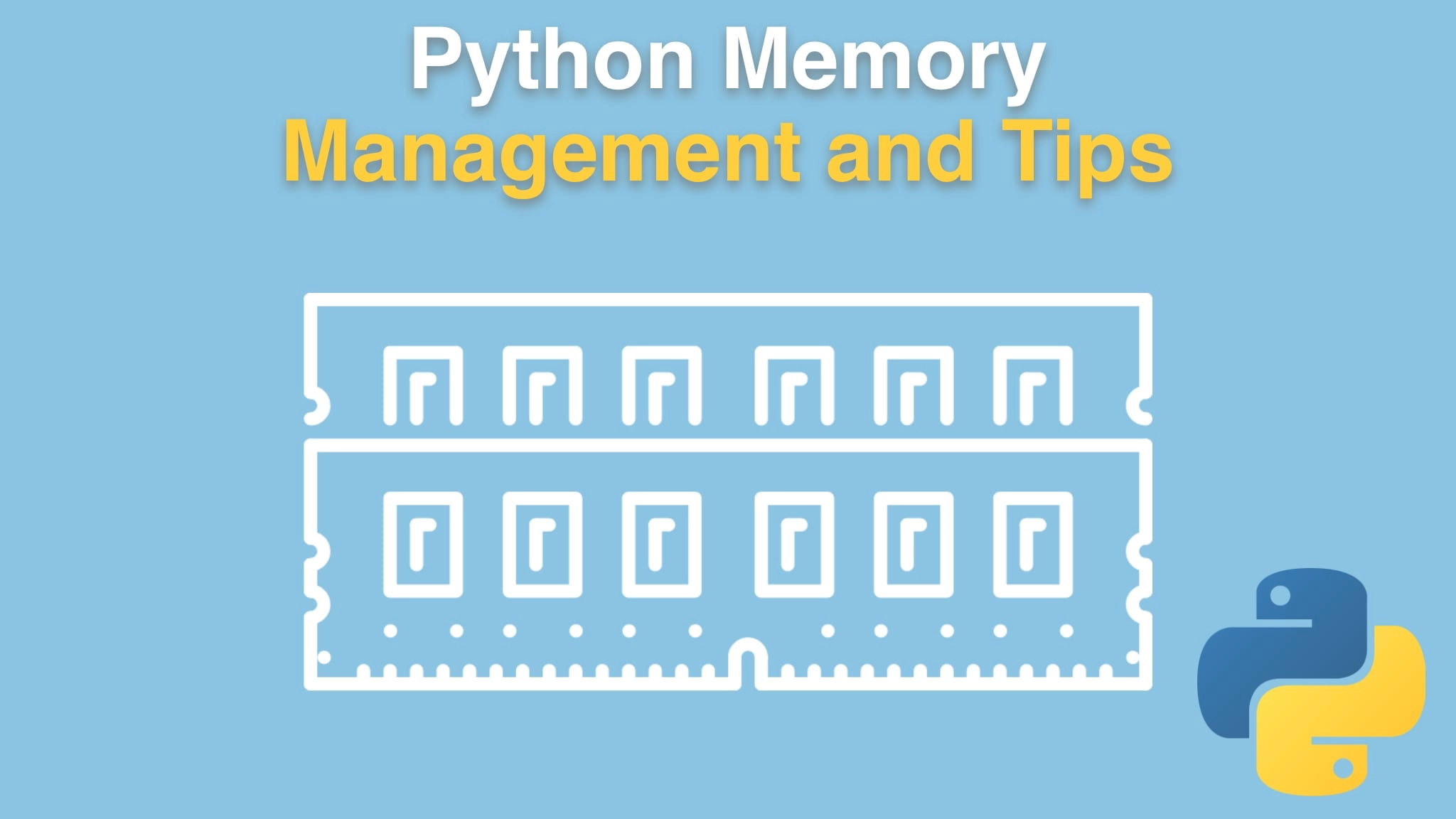Python Memory Management and Tips Transcripts
Chapter: Memory and classes
Lecture: Concept: Slots
Login or
purchase this course
to watch this video and the rest of the course contents.
0:00
Let's review defining slots on classes. It's incredibly easy. The thing on the left is a standard Python class. It has a
0:07
constructor like thing in Python, an initializer, and it takes four fields and it's going to create them four parameters, it's gonna create
0:15
Those as fields, the names don't have to match, but they happen to you this time. We're gonna create a "self.a" with that value, self.b, c, and d.
0:22
If we want to have the better performance and less memory usage of not having that dictionary,
0:28
we're going to use the keyword "slots". Over here, slot thing rather than regular thing,
0:33
same thing except we're gonna add "__slots__ equals the name of the fields: a, b, c and d". You saw,
0:39
if you try to work with a field even in the initializer, that's not listed here, it's gonna crash. As long as you do everything so it lines up,
0:46
this is a pretty good deal. So over here we can create one of these objects. We can print down a value like r.b will be 2.
0:54
And here we can even assign a new value r.e equals 7, and that enters a new key in that dictionary. It works, but it's probably a bad idea,
1:03
right? It's not very discoverable and whatnot. It's very weird. But you can make it, you can do this if you want the way Python is defined.
1:10
But with slots, you can see that the normal stuff works but this creating a new field, like s.e equals 7, is an error.
1:18
In fact, what you'll get is "attribute error: 'SlotThing' object has no attribute
1:22
'e'". I think this is a trade off for times when you're creating lots of classes and you care about memory, this is a really easy trade off to make.
